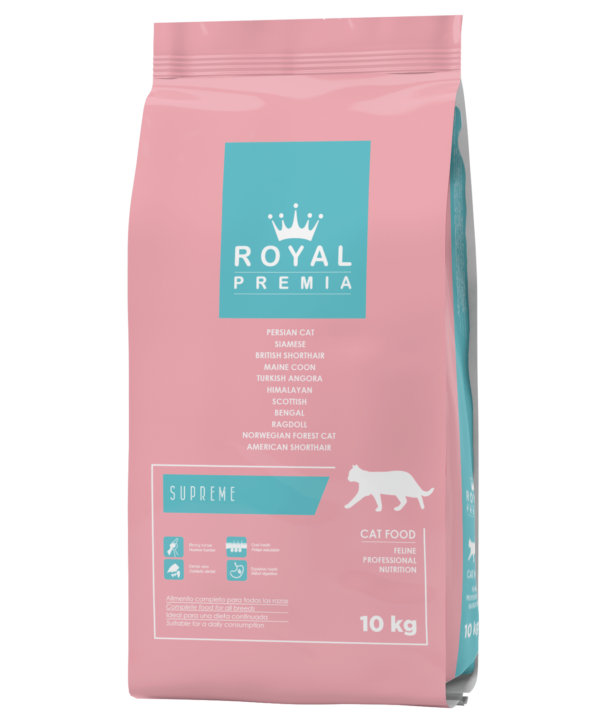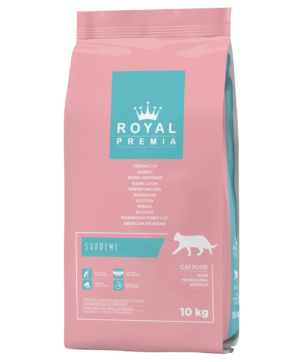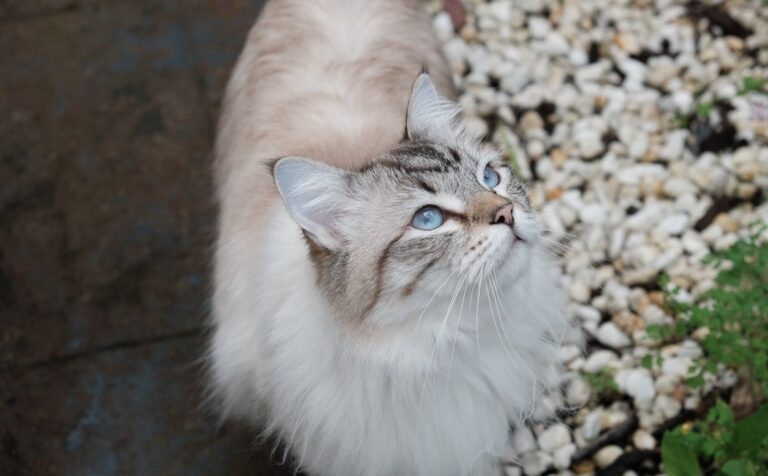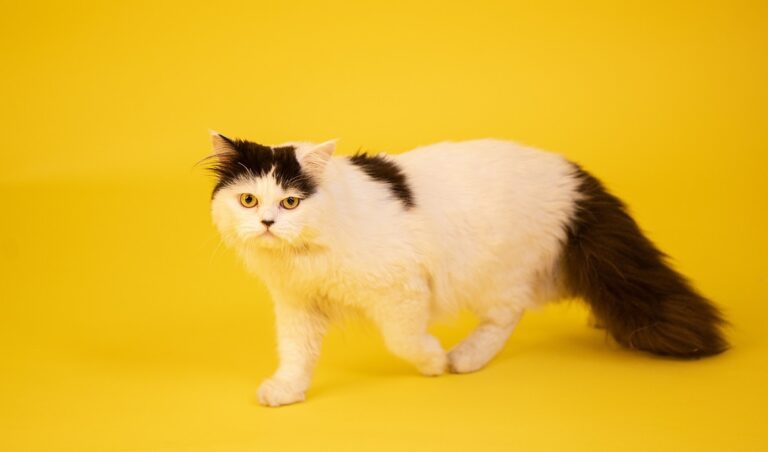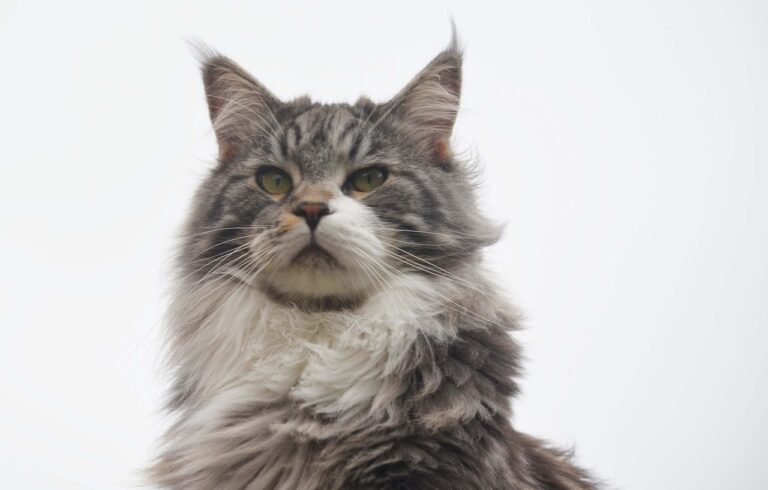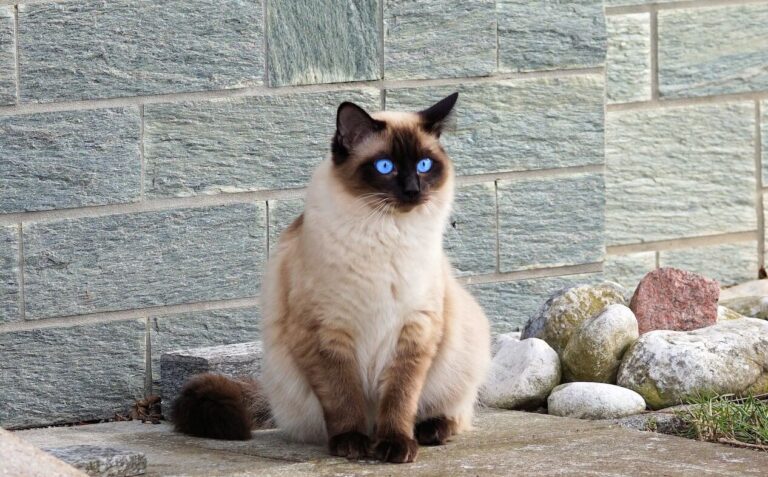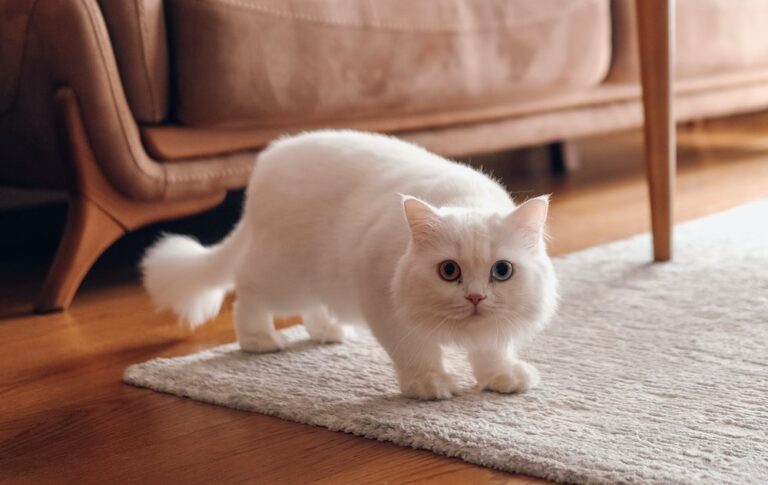Scottish Fold Cat
If you’re a fan of cats, you’ve likely come across the Scottish Fold breed at some point. These charming felines have captured the hearts of cat lovers worldwide with their distinctive appearance and sweet, affectionate nature.
In this, we’ll take a closer look at the Scottish Fold and explore what makes them so special.
| Origin | Scotland |
| Size | Medium |
| Coat | Short or Long |
| Lifespan | 12-16 years |
| colors | Variations of colors |
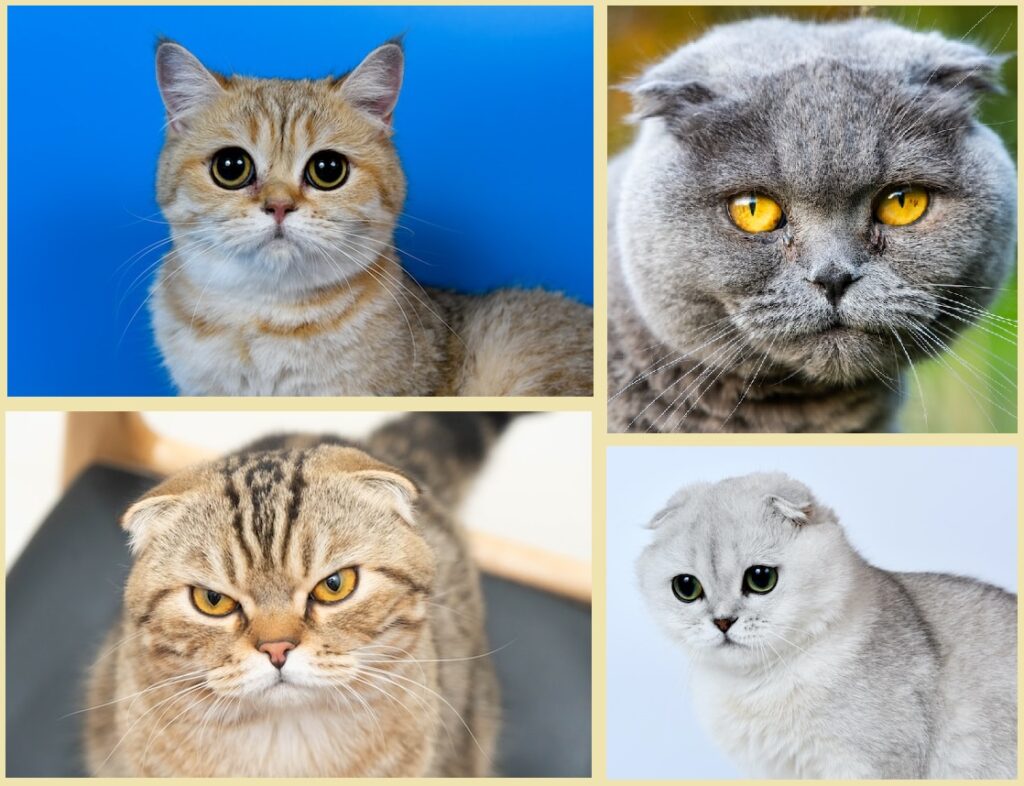
Origins and Unique Appearance
The Scottish Fold breed originated in Scotland in the 1960s when a shepherd named William Ross discovered a unique cat with folded ears on his farm. The cat, named Susie, had a spontaneous mutation that caused her ears to bend forward and downward, giving her a distinct “owl-like” appearance. This unique feature is the defining characteristic of the Scottish Fold breed.

Physical Characteristics
Scottish Folds are of medium size and have a sturdy build with round faces and big, expressive eyes. Their folded ears can vary in degrees, with some having a single fold and others having a double or triple fold. Not all Scottish Folds have folded ears, though; some may have straight ears due to genetic factors. Their soft, dense fur comes in various colors and patterns, adding to their overall charm.

Personality and Temperament
One of the most endearing traits of Scottish Folds is their sweet and gentle nature. They are known for being friendly, affectionate, and sociable cats that enjoy being around people and other pets. They tend to form strong bonds with their human families and are often content to curl up on your lap for hours. Due to their friendly nature, Scottish Folds are excellent companions for families with children and other pets.
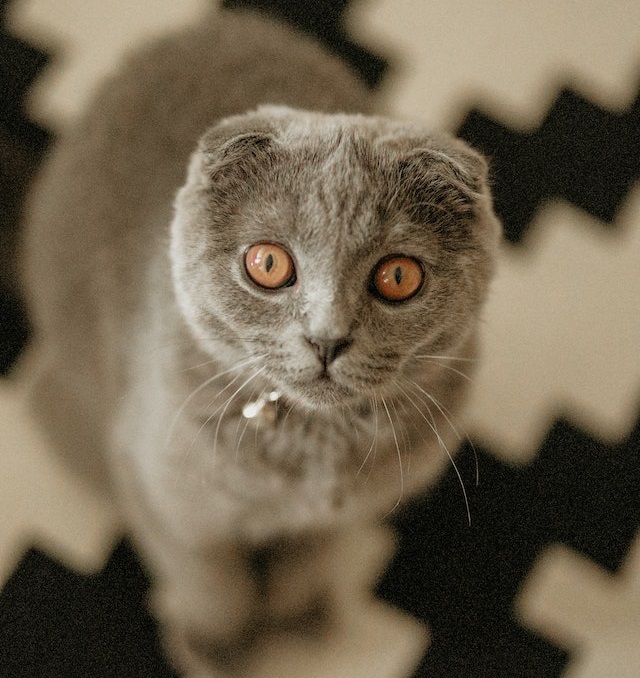
Playful and Curious
While they enjoy relaxing and being pampered, Scottish Folds also have an adventurous and playful side. They are curious by nature and love to explore their environment, so providing them with toys and interactive playtime will keep them mentally stimulated and physically active.
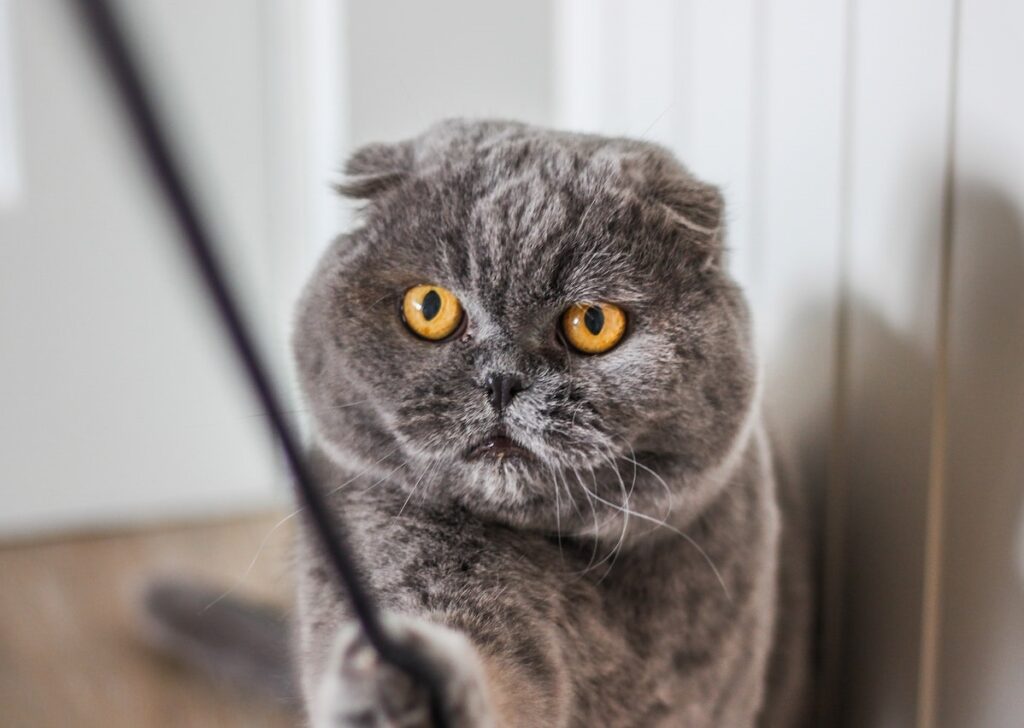
Grooming Needs
The Scottish Fold’s coat is relatively easy to maintain, requiring regular brushing to keep it free from tangles and matting. Additionally, like all cats, they benefit from regular nail trimming and dental care.
Health Considerations
While Scottish Folds are generally healthy cats, the genetic mutation responsible for their folded ears can also lead to some health issues. Ear infections and joint problems may occur in cats with folded ears. Therefore, responsible breeding practices and regular veterinary check-ups are essential to ensure their well-being.

Diet for Scottish Fold Cat
The best diet for a Scottish Fold cat is a well-balanced and nutritionally complete cat food that meets their specific life stage requirements. High-quality commercial cat foods, both dry and wet, formulated for adult cats or kittens, are generally recommended. Consult with your veterinarian to determine the best diet for your individual cat’s needs.
Royal Premia Cat Food for Scottish Fold Cat
-
Basic Adult Dry Cat Food 2kg and 10kg All Breeds
-
Supreme Dry Cat and Kitten Food 2kg and 10kg All Breeds
Breed Overview
The Scottish Fold is an enchanting and affectionate breed that has captured the hearts of cat enthusiasts worldwide. With their unique appearance and sweet personality, they make wonderful companions for families and individuals alike.
If you’re considering bringing a Scottish Fold into your home, be prepared to be showered with love and affection from these adorable feline friends.

Scottish Fold Cat Frequently Asked Questions
Are Scottish Folds suitable for apartment living?
Yes, Scottish Folds can adapt well to apartment living. They are indoor cats, and as long as they have enough space to move around and regular playtime, they can thrive in an apartment environment.
Are Scottish Folds intelligent cats?
Yes, Scottish Folds are intelligent cats. They are curious and love exploring their surroundings. Puzzle toys and interactive games can be great ways to stimulate their minds and prevent boredom.
Can I train a Scottish Fold to do tricks?
Yes, Scottish Folds can be trained using positive reinforcement methods. They are intelligent cats and can learn various tricks and commands with patience and consistent training. Treats, toys and praise can be used as rewards during the training process.


